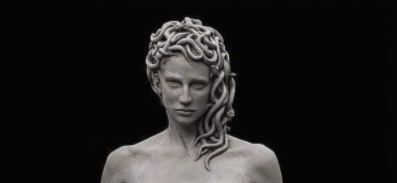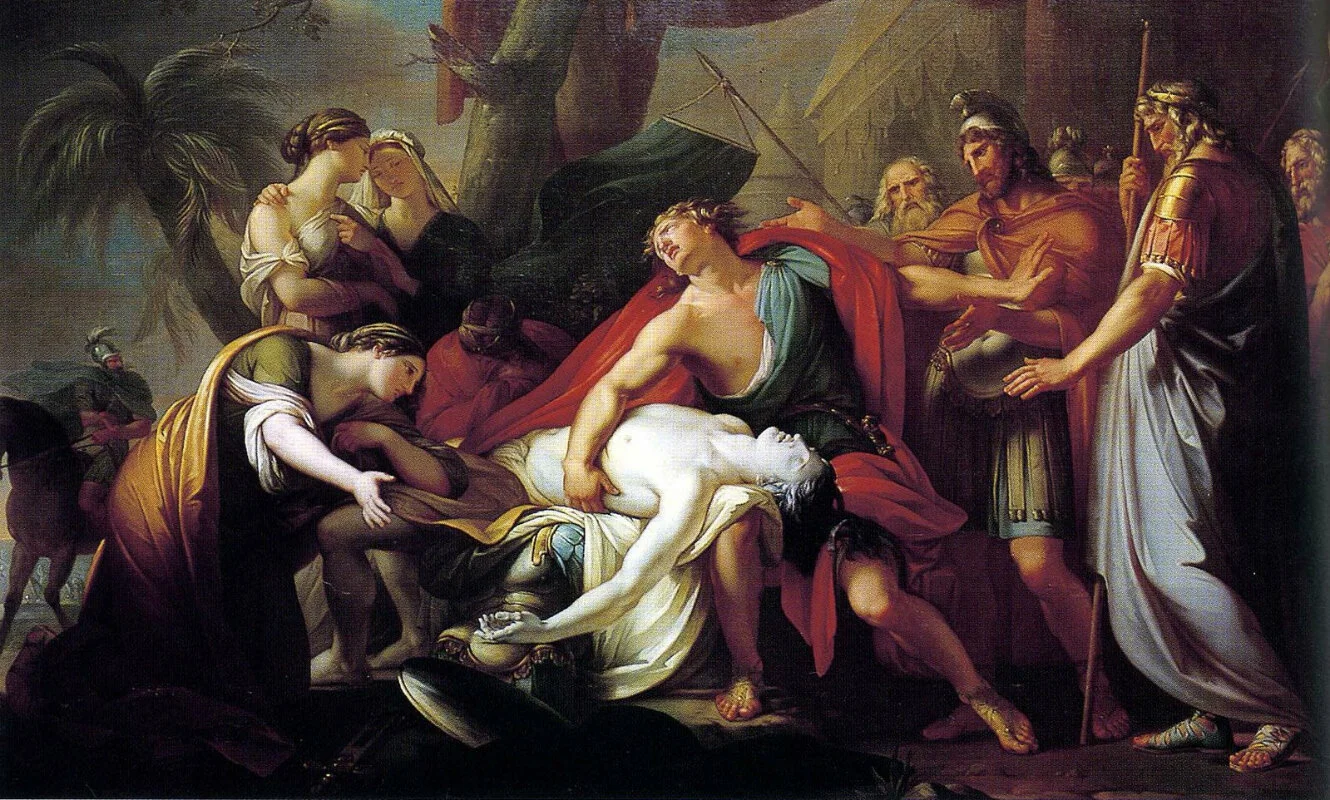Medusa and the Tragedy of the Femme Fatale
The Femme Fatale
Translated from French, the term femme fatale means “fatal women.” A more in-depth description of this term as defined by Minowa, et al. defines the femme fatale as “an attractive woman, often a self-determined seductress, who causes anguish to a man who becomes involved with her” (270).
The femme fatale archetype is present in literature, art, and film (especially in the film noir genre). The femme fatale is a familiar subject taught in public and private institutions, and the history of the femme fatale is astonishing. The origin of the femme fatale, however, might not be a topic that individuals are familiar with. Still, it is an important one, especially concerning the evolution of the ideologies of femininity. Consequently, understanding the historical context of the femme fatale would help us/one better comprehend the treatment of femininity and rethink the value of stories promoting the femme fatale ideals, such as Medusa’s story.
Origin Story
As I scrolled through my Facebook page one afternoon, a post caught my attention immediately. The post contained an image of a statue of a naked woman whose head was adorned with snakes, holding in her hand the decapitated head of Perseus. At first, seeing this image, one might have thought it was gruesome and intense. Yes, the description did make the statue appear that way, but it was not like that for me when I first gazed at the figure of what was Medusa. Without looking at the caption for the image, I knew that this statue was making a statement about femininity and women’s empowerment.
For those unfamiliar with the story of Medusa, it is a myth from Greek mythology. There are different versions of the story of Medusa that have been told. One popular version of the tale claims that Medusa was the fairest of the Gorgon sisters. So fair was Medusa’s beauty that the maiden claimed to be more beautiful than the goddess Athena. Athena punished Medusa for her arrogance and vanity by turning her into a monster with snakes for hair, and giving her the power to turn any man who gazes into her eyes into stone. This interpretation of Medusa is the friendlier, simpler version.
The other version of the tale of Medusa is more intense, shocking, and tragic. In the alternate version, Medusa is a priestess in Athena’s temple. Medusa’s beauty attracted the attention of Poseidon, the sea god. Poseidon attempted to seduce Medusa. However, she refused his affections. As a result of Medusa’s rejection, Poseidon raped and sexually assaulted Medusa. Since she is a virgin goddess, Athena punished Medusa for the desecration of her temple by turning her into a monster with snakes for hair and eyes that turned men into stone.
The second version of the story, the rape of Medusa, is the basis of creating the statue of Medusa with the head of Perseus, a Greek hero who slays Medusa by beheading. The title of the artwork created by Argentine-Italian artists, Luciano Garbati, is called Medusa With the Head of Perseus. According to ARTnews, the statue is to be located in the park facing the New York County Criminal Court. This is the same place where Harvey Weinstein, Hollywood mogul, was charged and convicted of rape.
#HERstory
The significance of the Medusa With the Head of Perseus artwork is to symbolize the growth of the #MeToo movement. For so long, ideologies, such as the femme fatale, were weapons of injustice against femininity and disempowering to women.
In “The Femme Fatale in Vogue: Femininity Ideologies in Fin-de-siècle America,” the writers ascertain that “the femme fatale clearly disrupts this supposed feminine ideal, and reflects a patriarchal unease about female empowerment through sexual dominance or indeed female empowerment per se” (Minowa, et al. 270). The Post-World War II era, in particular, demonstrates the emergence of women as independent, economic forces. The patriarchal powers that were and still are in full force today used the femme fatale to express their fear of female prowess and empowerment.
Figures like Eve, Lilith, Medea, Circe, Cleopatra, Delilah, Dahlia, real or fiction, have been figures of tragedy. For so long, these powerful and influential figures were depicted as evil, monstrous, and destructive because of the independent power they express.
But, as the Medusa With the Head of Perseus installation artwork shows us, HIStory is not always what it appears to be. As with Medusa, HIStory wants individuals to believe that Medusa was a monster because she was prideful, vain, and arrogant (if we believe that version of the story to be true). But in my opinion, the myth’s portrayal of Medusa as the villain was a power bid by the patriarchy to justify its judgment of women as sexually dangerous and deceitful beings. However, it was the threat of women empowerment and the rise of feminine prowess that led to this reaction from the patriarch.
Now more than ever, it is crucial not to take everything that’s been told or known to us as pure fact, for no such thing exists. Instead, we must be diligent and do our research. You deserve to seek and see the truth. And HERstory surely deserves our due diligence and responsibility as human beings to bring the truth to light. That means viewing every side of the story and understanding the context and reasoning behind decisions and actions that are taken by certain individuals or groups. Fortunately, in this day and age of technology, we have access to unlimited resources. Information is available, but it is important research ethic to verify sources and utilize trusted organizations and online/print resources (primary and secondary).
Once you obtain a clearer, comprehensive understanding of a topic/subject, especially a controversial one, it’ll help you be better able to discuss the topic in a professional and respectful manner. It’s not about how loud you are but how you present yourself. And that is why I stress the importance of speaking up and doing research on subjects like the #MeToo movement and the historical and social discrimination/injustice against the feminine community.
Samantha Diaz is an avid reader and loves anything fantasy related!












